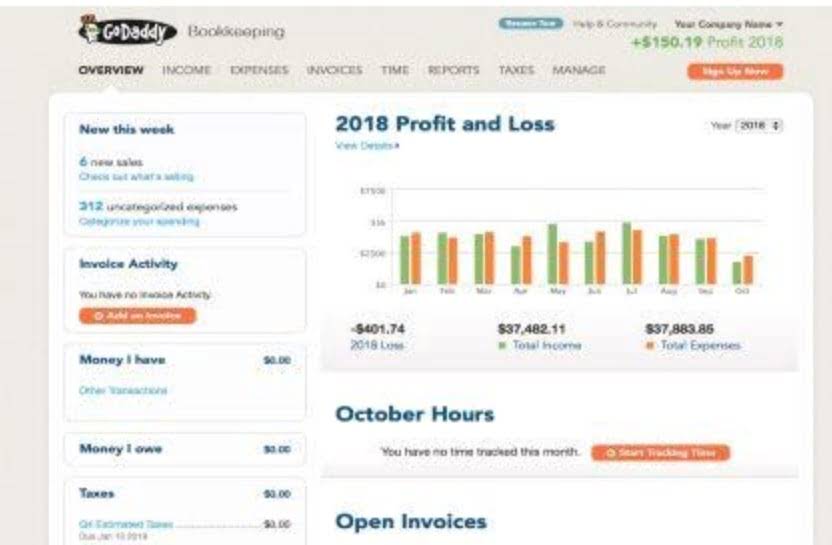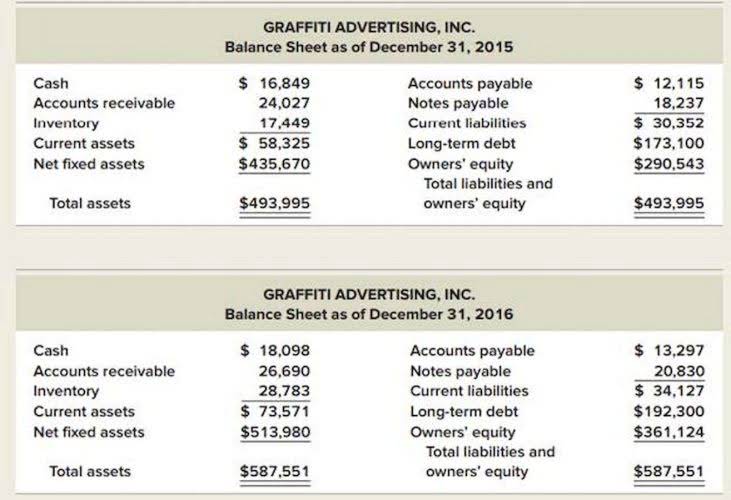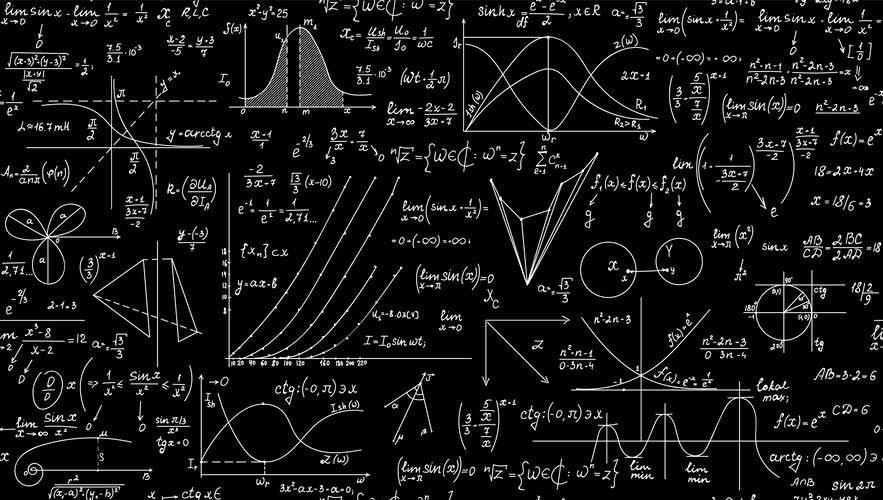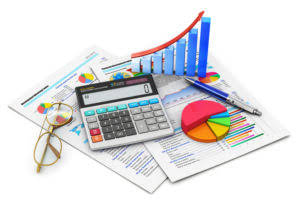
If a customer returns a product, you debit sales returns and allowances and credit accounts receivable. Keeping these adjustments separate prevents errors and ensures transparency. A liability recorded as a debit balance is used to decrease the balance of a liability. It is not classified as a liability since it does not represent a future obligation.
How Are Contra Accounts Reported in Financial Statements?
Reserve for obsolete inventory is a contra asset account used to write down the inventory account if inventory is considered obsolete. Excess, stored inventory will near the end of its lifespan at some point and, in turn, result in expired or unsellable goods. In this scenario, a write-down is recorded to the reserve for obsolete inventory.

Types of contra accounts
In the realm of accounting, various techniques are used to ensure financial statements provide an accurate and comprehensive view of a company’s financial health. One such method is the use of contra accounts, a type of account that directly correlates and offsets a related account. These opposing accounts are crucial for accurate financial reporting because they provide a more nuanced view of your assets’ true value.

Understanding Write-Offs: What They Mean and How They Work

Sometimes, the current value of a note receivable will fall compared to its face value. This process will give rise to a contra asset account which is the discount on notes receivables. Although contra-asset accounts have credit balances, they do not appear in liabilities or equity. They adjust account balances without erasing the original transaction data. In this example, the accounts receivable is 10,000, and the allowance for doubtful debt contra account is 1,000, leaving a balance of 9,000.
- For example, when your company borrows money, you would identify that debt in a Notes Payable account.
- After each accounting period, the company records a depreciation expense of the asset.
- An item that is entered on the asset side of an accounting ledger even though the item has a credit (negative) balance.
- After reviewing your customer payment history and current economic conditions, you estimate that about 5% might not be paid.
- The Allowance for Doubtful Accounts carries a credit balance that reduces the total amount of accounts receivable to show the amount that the company expects to collect.
- For instance, Property, Plant, and Equipment is shown at its original cost, followed by a deduction for Accumulated Depreciation, resulting in Net Property, Plant, and Equipment.
- Both depreciation and bad debts require systematic and rational estimation methods to appropriately adjust the asset values.
The credit balance in the account Allowance for Doubtful Accounts tells us how much of the debit balance in Accounts Receivable is unlikely to be collected. Or, if they contain relatively minor balances, they may be aggregated with their paired accounts and presented as a single line item in the balance sheet. In either case, the net amount of the pair of accounts is referred to as the book value of the asset account in question. When a contra asset account is not stated separately in the balance sheet, it may be worthwhile to disclose contra asset definition the amount in the accompanying footnotes, where readers can readily see it.
- Similarly, it allows companies to retrieve original account balances without complicated calculations.
- You then record an allowance for $500 (5% of $10,000), effectively reducing the value of accounts receivable to $9,500.
- Contra accounts help businesses correctly report asset values, liabilities, and revenue adjustments.
- Sales Returns and Allowances is a contra-revenue account that reduces gross sales revenue.
- Often when a company extends goods on credit, management expects some of those customers not to pay and so anticipates writing off bad debt.
- However, it will also have a negative accumulated depreciation of $60,000, offsetting that cost.
- In most cases, accountants update these accounts monthly or at the end of an accounting period to ensure accurate financial statements.
- A contra account is a financial account that offsets the balance of a related account.
- With years of experience and a passion for helping businesses succeed, Robert brings a wealth of knowledge and insights to Salestaxcel.
- The most prominent of these include allowing companies to present a more accurate picture of their assets.
In implementing contra assets in bookkeeping, professionals must navigate certain risks and take important considerations into account to ensure accuracy and reliability of financial statements. Contra asset accounts play a crucial role in accurately presenting the financial health of a company. These accounts are used to lower the balance of asset accounts and reflect the net book normal balance value of assets. Contra assets are essential in accounting for accurately presenting the net value of assets. Their management requires precise bookkeeping practices to ensure financial statements reflect an entity’s true financial position.

But these items don’t retain that initial value; if liquidated, they would likely be sold at a loss. In order to record this ongoing value drop, you would use a corresponding contra account — an Asset Depreciation account. Consider a business that offers an early payment discount to its customers, cutting their invoiced total by 3% if they pay within 1 week of invoicing. If every single buyer had taken advantage of the early payment discount, the company would have provided roughly $10 thousand in discounts during that same timeframe. In reality, https://globalapostoliccentre.com/partnership-accounting-features-meaning-and-faqs/ the actual number of company discounts came closer to $5 thousand.
- At Invoiced, we provide a suite of solutions that work together to make managing your invoicing, accounts receivable, and accounts payable seamless and easy.
- However, they are typically linked to income statement expenses, such as depreciation or bad debt expense, which do reduce net income.
- Read how automated account reconciliation can save you time and money and reduce errors for improved financial health.
- GAAP or IFRS 9 for financial instruments ensures consistency and compliance.
- Financial leaders depend on accurate budgeting, forecasting, and risk management data.
The accumulated depreciation account, which balances the fixed asset account, is the most typical contra account. A number of fixed assets are represented by their initial acquisition costs in the fixed asset account, and their cumulative depreciation is represented by their contra account (accumulated depreciation). The net quantity of fixed assets still in existence is revealed when the asset account and contra asset account are combined. Since a counter asset account does not represent long-term capital gains, it is not categorized as an asset. Contra liability accounts decrease total liabilities reported on the balance sheet, offering a clearer view of a company’s obligations. A common example is the discount on bonds payable, representing the difference between a bond’s face value and its issuance price when sold at a discount.